All the Beauty and the Bloodshed

In February 2019, artist Nan Goldin and the activist group she founded staged a ‘die-in’ at the Guggenheim Museum in New York. The group demanded that the Museum refuse further funding from the super-wealthy art-patron Sackler family, whose pharmaceutical arm, Purdue, produced and aggressively marketed the highly addictive prescription painkiller OxyContin. Launching the drug in 1996, Purdue CEO Richard Sackler declared that ‘the launch of OxyContin tablets will be followed by a blizzard of prescriptions’. The Sacklers pleaded guilty to criminal charges over their misleading marketing of the drug as non-addictive, but by 2022 an estimated half a million people in the United States had died as a result of OxyContin. According to the American Society of Addiction Medicine, four out of five people who try heroin today started with prescription painkillers. Goldin herself was routinely prescribed OxyContin as a post-operative painkiller. She rapidly became addicted and narrowly avoided death after an overdose.
In their meticulously planned action, as much performance art as protest, Goldin’s group, Prescription Addiction Intervention Now (P.A.I.N.), prepared hundreds of fake prescription slips for OxyContin and converged on the Guggenheim on a Saturday night when the gallery was full. At the signal, they threw the prescriptions from the top floor of the massive, vaulted atrium so that they fluttered over the crowd in a blizzard, while group members on the ground floor shouted demands and then lay down to die. P.A.I.N. had previously held protests at the Metropolitan Museum of Art and other galleries, but the visual impact of the torrent of prescriptions falling from the Guggenheim atrium was a stroke of genius. In a photograph published in The New York Times, the image put the protest on the agenda, along with its slogan: ‘Sacklers Lie, Thousands Die’.
 All the Beauty and the Bloodshed (courtesy of Madman Entertainment)
All the Beauty and the Bloodshed (courtesy of Madman Entertainment)
Goldin learned how to stage a die-in from ACT UP – the AIDS Coalition to Unleash Power. In the 1980s, ACT UP developed a template for how to most effectively stage direct action: protests should have clear demands, be specifically targeted to make the right people accountable, and aim at achieving quick change. Driven by the slogan, SILENCE = DEATH, ACT UP developed a striking visual language and learned how to attract maximum media coverage. Adopting these principles, Goldin and P.A.I.N. set out to grab the limelight and combat the silence around the epidemic of death stemming from the opioid addiction crisis caused largely by OxyContin. They planned each action to work with the specific physical space of each institution, targeted times when the spaces would be full, and learned ‘to speak through the media, not to the media’.
Laura Poitras’s documentary All the Beauty and the Bloodshed, winner of the Golden Lion for best film at the Venice Film Festival in 2022, documents P.A.I.N.’s campaign to name and shame the Sacklers, framed around a portrait of Goldin as artist-cum-activist. The film traces the campaign as it expanded its target, demanding removal of the Sackler name from public institutions, and the demands began to gain traction and sway board members on the National Portrait Gallery in London, the Louvre, Tate Modern, The Victoria and Albert Museum, the Guggenheim, the Met, the Smithsonian Institute, Columbia University, and many other institutions. The impact of the protest movement was stunning.
The campaign to expose the Sacklers’ dirty secrets is one strand running through All the Beauty and the Bloodshed. When the film won best film at Venice – only the second documentary to win the top award – Poitras, in her acceptance speech, thanked the jury for ‘recognising that documentary is cinema’. Indeed, the cinematic crafting of the film – by Poitras, editors Amy Foote, Joe Bini, and Brian A. Kates, and Goldin as musical consultant – is masterful. The protest footage weaves in and out of excerpts from Goldin’s signature slideshows and documents and home movies that reveal aspects of the biological family the artist left at fourteen. The film cycles between past and present in a constant movement between the still images and live footage, always held together by Goldin’s narration. The protests accentuate the need to contest the negligence of governments and institutions over the deaths of people considered to be on the margins, and the importance of continuing earlier traditions of civil disobedience. The slideshows delve into the archive of photographs that Goldin has shaped into her presentations, going back to the 1970s. They give the film the deep emotional resonance of memory and loss, particularly through the years of grief at the peak of the AIDS epidemic in the United States. Goldin’s slideshow, Witness: Against Our Vanishing, commemorated the experience of the artist and her community: ‘It was like World War 2. We watched everybody get wiped out and there was nothing we could do.’ Poitras says that the slideshows made her realise that the documentary had to go into the past: ‘There had to be a convergence between that historical moment and what we’re dealing with today, because of the US tendency to amnesia.’
 All the Beauty and the Bloodshed (courtesy of Madman Entertainment)
All the Beauty and the Bloodshed (courtesy of Madman Entertainment)
The affective power of Poitras’ film comes as much from the raspy, lived-in timbre of Goldin’s voice telling her story as it does from the intimate photographic segments, often accompanied by the moody, at times trippy, music of New York’s experimental sonic art group, Soundwalk Collective. The film is structured into chapters, each one opening with an excerpt from one of her slideshows. The artist has said that she photographed people she loved and knew deeply and returned to photograph them over many years: ‘What I wanted to do when I was a portraitist was to try to feel what it was to be in another person’s skin. The dilemma of being human that you never really know, that’s what I wanted to try to find out … I wanted the personal qualities of the characters to be viscerally apparent to the viewer.’ The power of editing these images into slideshows comes from the dialogue between the artist and the image: as she talks to a photograph, integrating it into a story of love and friendship, we are looking at the still photo, exploring all the feeling in it, drawn into that affective world of image and memory by Goldin’s voice, the music and connections with the emotional landscape of our own histories and memories. In finding a form for the film, Poitras has understood and integrated Goldin’s fascination and pleasure in the act of looking and in the many possible meanings in a photo. The film engages us, as viewers, in this immersive exploration of what a photographic image can be, what it can do.
Family is central to the images Goldin took – her chosen family of friends and lovers: ‘A lot of us leave our blood families pretty early, and so early on I became dependent on my friends … For a lot of queer people friends are very important.’ Goldin was making images of sassy and courageous people carving out spaces where they could invent their own identities, refusing normative social codes. Her archive is an extraordinary historical document of worlds that were but are no longer: of a world before AIDS, of the milieu she lived in as a young woman in downtown New York, eking out a life among people who, like her, found solidarity, sexual freedom, creativity, and a sense of possibility among like-minded people: people who ‘were running away from America and they found each other’, as Goldin says: ‘People used to say we were marginalised. Normal people were marginalised to us!’ The images are raw and intimate; she doesn’t shy away from the dark underbelly of these worlds – economic struggle, drug addiction, and dysfunction – or from revealing herself as vulnerable, at times messed-up, but also as a vital creative artist deeply engaged in the communities she is photographing. Goldin’s photographic work was initially received hesitantly, but she is now considered a major figure in the art world, and her slideshows are held in the permanent collections of major international galleries, including those where P.A.I.N. was protesting. Goldin knew how to leverage this status to exert maximum pressure on the Sacklers and their artworld beneficiaries.
 Nan Goldin, Self-portrait in Blue Dress, New York City 1985 (courtesy of Madman Entertainment)
Nan Goldin, Self-portrait in Blue Dress, New York City 1985 (courtesy of Madman Entertainment)
Goldin’s exhibition practice for much of her career has been to present the slideshows in a darkened space – a theatre, an underground club – with music, and her voice narrating. She describes the exhibition experience as ‘very communal, very emotional’. There are descriptions of a rapt audience looking up at the screen and accounts of how noisy the events were, as people would be constantly calling out to the screen, commenting on it. Even though we only see small segments of these slideshows in the film (they would often last forty-five minutes), and see them in a different context, Poitras’s own practice as a documentary maker enabled her to recreate some of this intensity, albeit in the absence of that communal exhibition experience. When Covid struck and filming was interrupted, Poitras began visiting Goldin in her apartment every week and conducting audio interviews. Goldin describes the director as a ‘very intense interviewer’ – the conversations went deep and they don’t feel like interviews. They have the feeling of close friends sharing personal life stories (Goldin had the right of review on the inclusion of these recordings). These conversations run through the fragments of the slideshows in the film. As viewers, we are participating in this intense rapport – the kind of connection that can only be achieved by a director willing to put herself on the line through this deep, intimate engagement.
Poitras was an accomplished portrait filmmaker before All the Beauty – she was one of the three journalists with whom whistleblower Edward Snowden chose to share his documents on the illegal activities of the US National Security Agency. The director won an Oscar for her documentary, Citizenfour (2014), where she filmed Snowden in secret meetings with the Guardian and Washington Post journalists who were preparing to break his story. In Poitras’s film Risk (2016), a portrait of Julian Assange, she initially worked closely with Assange and Wikileaks until his attitude to the sexual allegations against him ruptured the affinity. Risk became a study of a flawed character and an organisation riven by all the usual sexual abuses, in an in-depth exploration of the contradictions inherent for her in supporting the principles of transparency and press freedom that Wikileaks espoused while being highly critical of the leading personalities and culture of the organisation.
Poitras is used to taking on big social justice subjects with weighty ramifications, but in All the Beauty her canvas is broader – not just because of the expanded historical time-frame across sixty years or the exposure of dirty secrets behind art philanthropy and Big Pharma. In this film, Goldin’s photographic work gives All the Beauty a palette that allows Poitras to work through image and voice – through looking and listening – to plumb experiential depths. Goldin’s slideshows defy any separation between the personal and the political and, through foregrounding these images and the juxtaposition with the activist footage, Poitras has produced a film that fuses the two.
Poitras is no stranger to risk – after the Snowden film, the CIA attempted to have her listed as an ‘agent of a foreign power’ – and filming the documentary on P.A.I.N. was no exception. As Poitras says: ‘The Sacklers have vast resources … they were using lawyers, private investigators and other dirty tricks to come after people.’ The risk to Goldin’s career was also serious – she could be boycotted by the cultural institutions – but she says, ‘When I get obsessed, there’s no stopping me … Anger needs a target made of flesh. This is personal.’ Confronting this risk, Goldin and the activists in the group learned what the artist had learnt from showing her photographic work: the courage to ‘walk through fear’. As the group has evolved, the members have drawn on this courage to confront the stigma around addiction, working to have addiction understood as a medical issue, not a moral or criminal one, and have lobbied for a focus on harm reduction, overdose prevention and funding for rehabilitation, recovery centres, and medication-assisted treatment.
 All the Beauty and the Bloodshed (courtesy of Madman Entertainment)
All the Beauty and the Bloodshed (courtesy of Madman Entertainment)
All the Beauty and the Bloodshed opens up many questions about how businesses and individuals engaged in unethical, exploitative, and downright criminal activities cover their tracks with high-profile philanthropic sponsorships. Goldin describes this practice as money-laundering: the Sacklers ‘have washed their blood money through the halls of museums and universities around the world’. In Australia, where the arts are increasingly forced to rely on corporate sponsorship, the contradictions in this contract reached a head in the 2014 artist threats to boycott the Sydney Biennale to protest the Biennale’s affiliation with Luca Bongiorno-Nettis – then chair and major sponsor of the exhibition – who, through his company Transfield Holdings, was linked to the running of offshore immigration detention centres. More recently, the pervasive connections between major arts organisations and fossil fuel companies have been dramatically exposed in artist Gabrielle de Vietri Fossil fuels + the Arts (2019). Beyond these more high-profile threads of entanglement, fossil fuel companies spread their tentacles and influence in myriad small-scale public relations exercises: artwashing, sportswashing, greenwashing, pinkwashing, and other strategies for purchasing ‘social licence’ that spread like mycelium across our cultural landscape. Poitras has said that she hopes All the Beauty and the Bloodshed ‘will serve as a bit of a blueprint for activists’. The film should prompt much discussion around this model of ‘business-as-usual, nothing to see here’.
All the Beauty and the Bloodshed screens in Sydney at the Mardi Gras Film Festival on 18 February and opens in cinemas nationally on 9 March 2023.

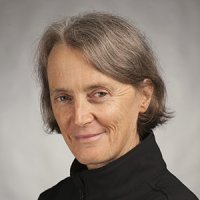
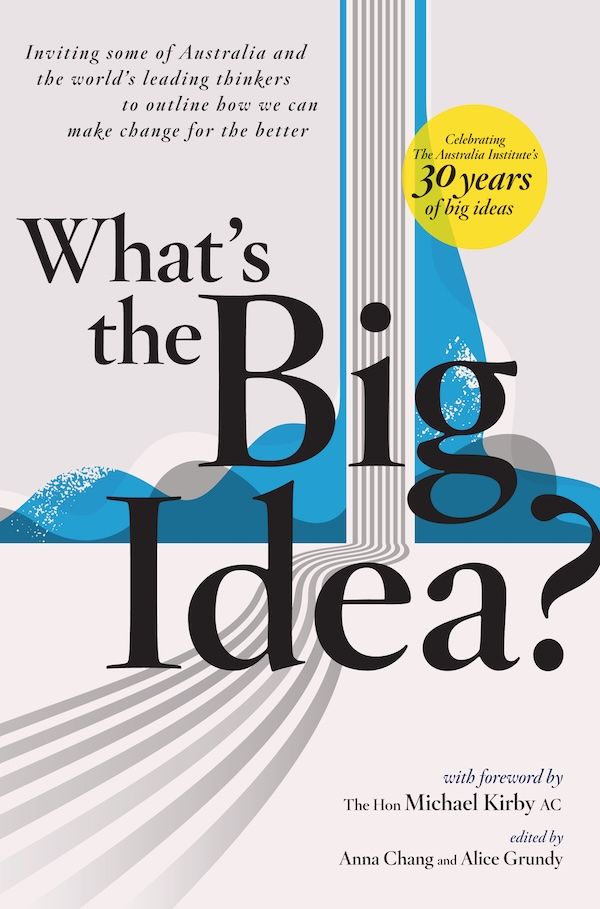
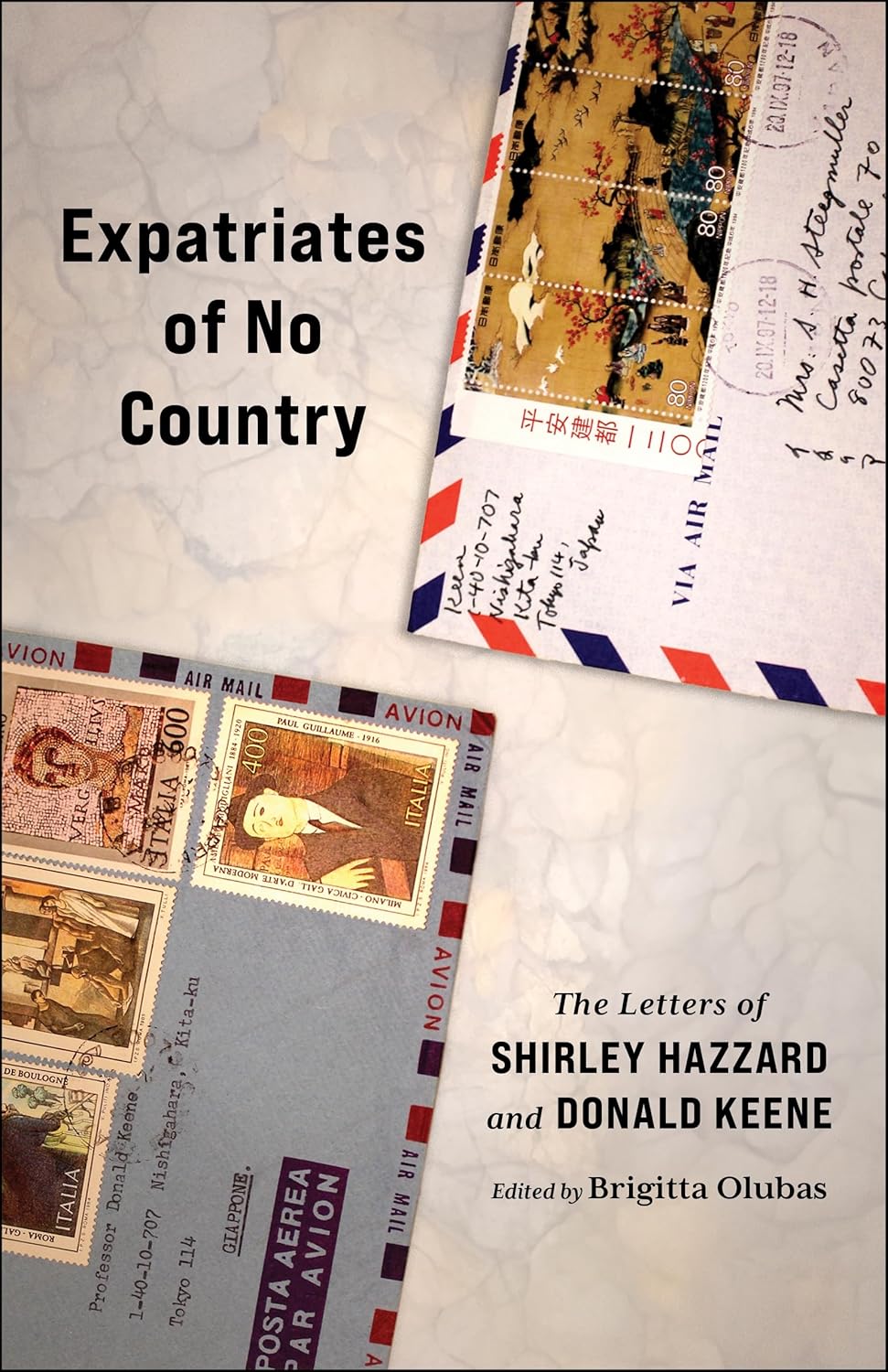

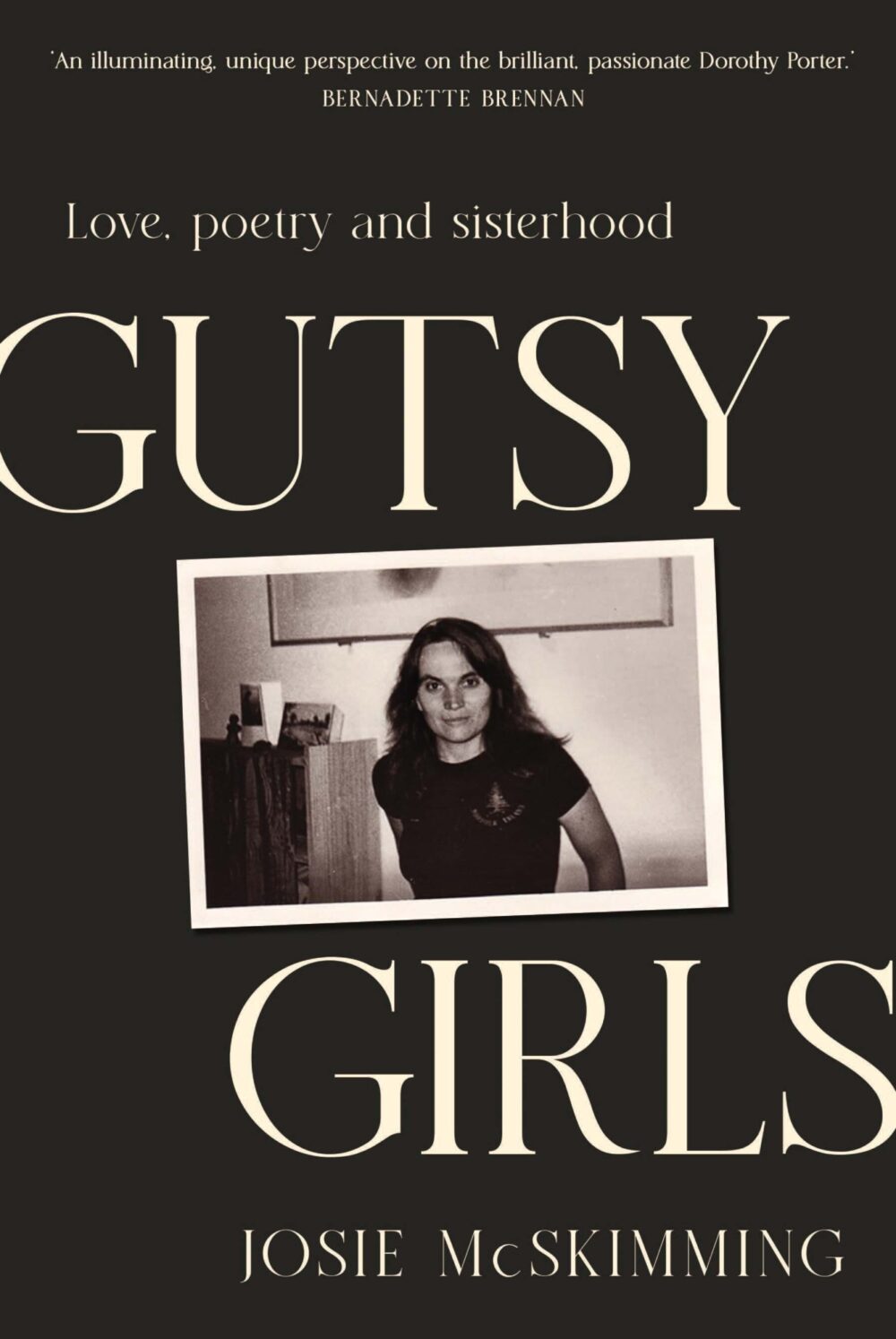
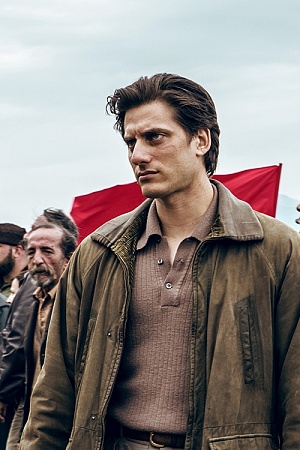



Leave a comment
If you are an ABR subscriber, you will need to sign in to post a comment.
If you have forgotten your sign in details, or if you receive an error message when trying to submit your comment, please email your comment (and the name of the article to which it relates) to ABR Comments. We will review your comment and, subject to approval, we will post it under your name.
Please note that all comments must be approved by ABR and comply with our Terms & Conditions.